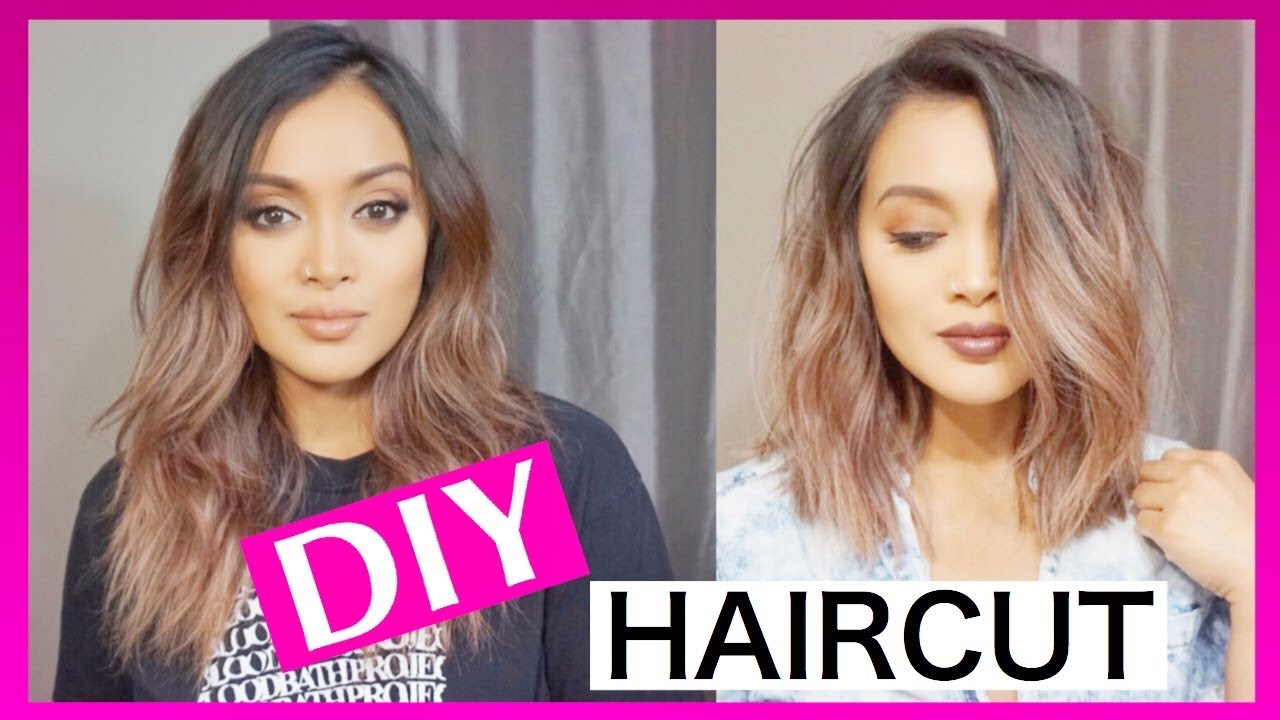
Do-it-yourself haircuts have become a hit this year, with YouTube channels featuring numerous DIY guides on completing them. One popular method involves tying your hair into a high ponytail and cutting away with scissors.
To create this look at home, follow these tips:
Home haircutting requires the appropriate set of scissors. They don’t have to be expensive, but make sure they offer sharp, precise cuts to avoid too short a cut. There are various types of hairdressing scissors on the market, and it is up to you to determine which pair suits your needs best. To help find an optimal team, opt for one with a short blade length to better control the cuts you make. Thinning shears can also help create a natural look by softening and thinning out the ends of your hair and being great if you have thicker locks or want a layered style cut. Though these shears may be slightly more expensive, they’ll last you for many years and give a professional finish to any haircut you give yourself. When purchasing scissors, there are two primary types to remember: blade and convex shears. Blade scissors feature fine bevels honed into their blades that enable easier straight cuts, while convex shears have smooth, flat edges that allow delicate yet precise cutting. You can find high-quality hair scissors online from reliable companies that offer money-back guarantees and exceptional customer service, with some offering free doorstep deliveries so that they’ll arrive right at your fingertips in days!
No matter the texture of your locks – straight, wavy, curly, or somewhere in between – everyone experiences tangles occasionally. Detangling before cutting is essential to avoid accidental loss of precious length through unintentional cuts. Matted hair, made up of hard clumps of entangled strands, can be an ongoing source of frustration among naturals. Detangling these tough-to-detangle matts is often more challenging than regular tangles; particularly, those with curly or kinky locks may struggle more to manage them than others. Unfortunately, Matts often result from being between washes; poor care habits, particularly for those with curly or kinky locks, could also play a part. Avoid matting by regularly oiling and brushing your hair, and have an effective detangling routine, including using a hair mask. Detangling while wet may make detangling easier. Assist in detangling by using a wide-toothed comb or detangling brush and your fingers. In addition, moisturizing products like coconut oil, olive oil, or castor oil, as well as essential oils such as lavender, tea tree, or rosemary oil, are recommended to moisturize the scalp and nourish hair follicles. This will make your hair softer and easier to manage for a pain-free detangling experience. Also, spritz some extra moisture onto it if necessary. By following these steps, your locks will soon be free from tangles with beautiful long locks in no time – perfect for DIY haircuts! Remember to section off your mane before beginning; it makes getting an accurate trim easier!
If cutting wet, ensure that any excess water has been removed with shampoo before cutting damp hair. If using a hairdryer to cut hair, be mindful not to add products that make evaluating the shape of the haircut harder once dry.
Tip: Before cutting, it is advisable to place another ponytail holder just above the one just cut to accurately measure how long you want your hair at the back of your head. This step will help ensure symmetry during your haircut process.
Now, you should slowly and carefully shear off your hair, beginning at the top and working down. Be careful not to jab yourself in the face with scissors while doing this and to keep both hands as stable as possible while performing this step.
Step one in DIY haircut long hair is to decide on a desired length for your locks. Once you know how much hair needs cutting, begin by taking small sections and cutting vertically up or down to get an idea of the final results and ensure you remain symmetrical.
Divide the hair into small sections and secure them with two or three hair ties, starting by cutting the lower region – this should be easy due to being flat and transparent – first. After removing one small section, remove its tie and comb it through again until you achieve an even result; if not, repeat until you are satisfied with its outcome.
Once you have finished cutting the bottom region, move on to the top. Be mindful when working in the transition zone where shorter and longer hair meet – this must blend harmoniously. Take it slow and err on the side of caution; more cuts may continuously be added later if necessary.
Once you have cut the top region, pull a small section from the last cut and hold it horizontally between the index finger and middle finger. Use scissors vertically with one hand while using your other to soften any newly created cuts or edges; this technique will prevent blunt or too-sharp finishes.

